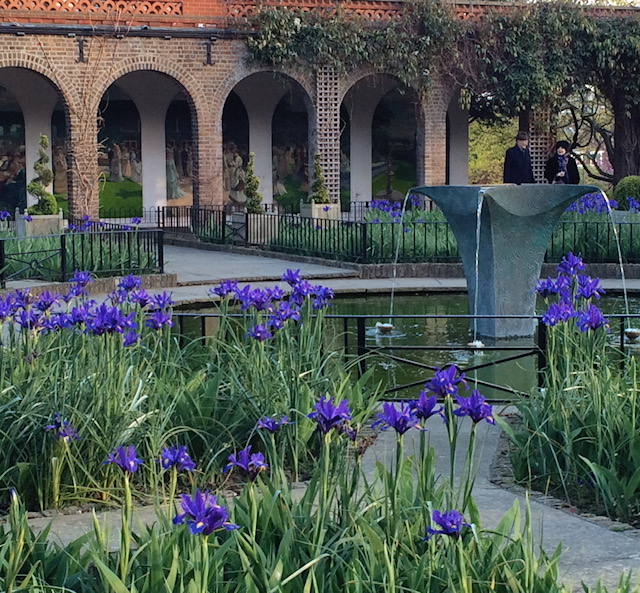Turning leaves
September 5, 2024
On the high lime trees individual leaves go yellow first. There are more limes in Kensington Gardens than any other trees, planted in alleys round the royal palace, and more trees in Kensington Gardens than in the adjoining (and bigger) Hyde Park.
The turning leaves, horse chestnuts first, then limes, and a gradual browning of the grass as autumn sets in, change the mood of the park. The squirrels seem busier than ever. Chestnuts plop to the floor, at its driest now, inviting more picnic parties. It seems to be mostly brown people, from the sub-continent (or perhaps just Notting Hill) who love to congregate in their whole large families, tablecloths spread on the grass, to spend the afternoon drinking tea and emptying plastic boxes of food, little children spinning off at tangents to kick their coloured balls. Two boots on the grass represent a goal without a goalie.
Dogs in dizzying variety are the main distractions, certainly for me, sitting on a bench in the wide walk past the sculpture of Physical Energy. The massive bronze horseman, riding bareback on a pawing steed, was the masterwork of Britain’s’ most respected sculptor of Edwardian times, G F Watts, created at his studio on the road to Guildford.
Watts has been considered as Britain’s Michelangelo. I couldn’t possibly comment, but the huge sculpture certainly commands attention. There is usually more controversial art to be seen three hundred yards away at the Serpentine Gallery. Together with the dogs, plenty to fill an idle afternoon.




